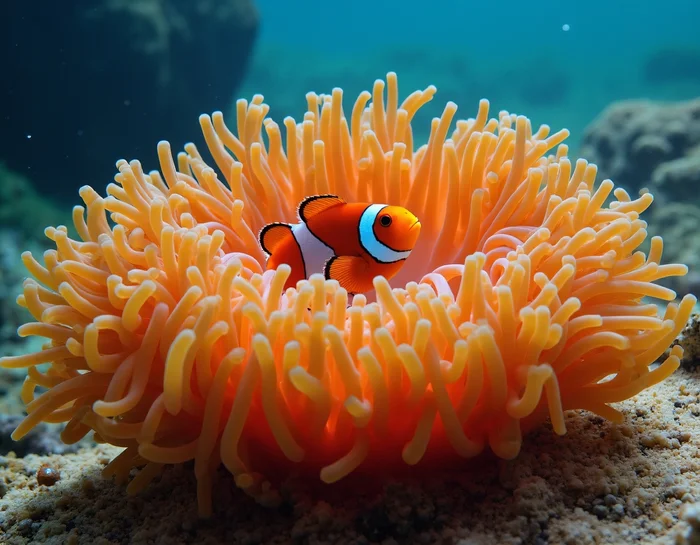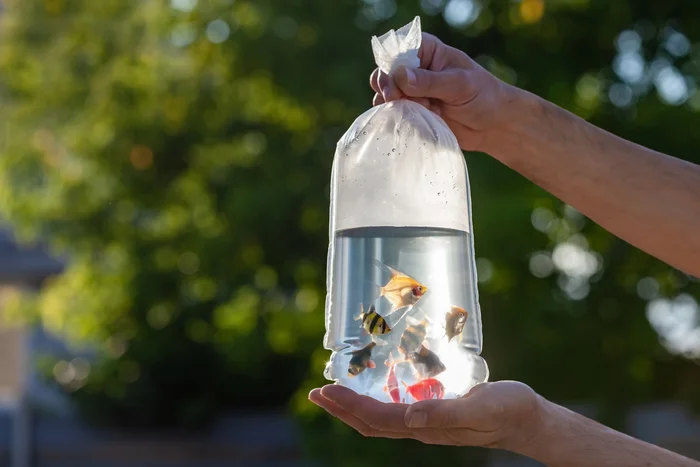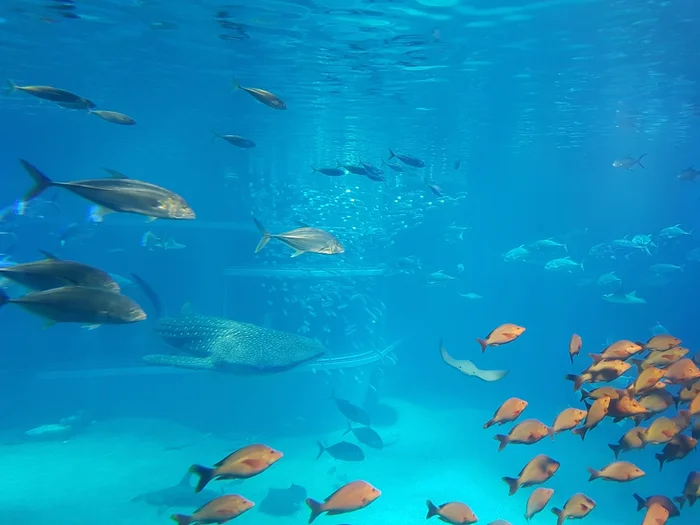What Energy Level is Fish?
Ever wonder how active fish actually are and how their energy levels affect their behavior and ecological function? Understanding the energy levels of fish will open amazing insights into their environment regardless of your interests in aquariums, fishing, or just general knowledge of aquatic life.
In the context of fish, “energy level” describes their metabolism, activity patterns, food, and environmental interactions. What energy level is fish? it vary greatly among species depending on many elements ranging from water temperature to oxygen availability.
Importance
Why should one consider fish’s energy level? This knowledge can be applied in many different spheres, including aquarium maintenance, ecological preservation, and even sustainable fishing methods. Understanding fish energy is essential whether your goals are to have a vibrant aquarium, find the most active fish, or help environmental projects.

Understanding Energy Levels in Fish
What Does Energy Level Mean for Fish?
Definition
In fish, energy levels refer to their general activity and metabolic rate. Often vigorous swimmers, high-energy fish need large amounts of food to keep their vitality. Conversely, low-energy fish have slower metabolisms and often save energy by being less active.
Factors Influencing Energy Levels
Several factors determine how much energy a fish expends:
- Diet: Predators and other fish that follow diets heavy in proteins usually have more energy. Essential amino acids found in proteins fuel muscle activity and repair—qualities necessary for predatory fish’s active lives.
- Water Temperature: Being ectothermic, a fish’s energy level is much influenced by the water temperature. Fish’s metabolic rate rises in warmer water, which increases their activity and calls for more food consumption to meet their energy demand. On the other hand, colder water slows down their metabolism, so lowering their activity and energy expenditure.
- Species: Given their ecological roles, different species have naturally different energy needs. Predatory species, such tuna or barracuda, actively hunt and chase prey by means of high energy levels. Their effective metabolisms and muscular endurance help to justify this energy need. Like parrotfish, herbivorous fish use less energy since their foraging consists in grazing on algae instead of pursuing prey.
- Size: Because of the energy needed to sustain their higher body mass, larger fish may have slower metabolisms than their relative size. To help them through times of migration, fasting, or environmental stress, they do, however, offset this by storing large energy reserves in the form of fats and oils.
How Fish Metabolism Works
Cold-Blooded Nature
Fish are ectothermic, that is to say, their environment controls their body temperature. Their energy levels are directly impacted by this cold-blooded quality. Fish become more active in warmer waters because their metabolism quickens. On the other hand, in colder waters their metabolism slows and their energy levels drop.
Oxygen and Energy
Fish metabolism depends critically on dissolved oxygen in water. Because they need a continuous supply to drive their activity, high-energy fish such as tuna flourish in oxygen-rich habitats. By lowering their energy demand, low-energy fish—such as catfish—can survive in low-oxygen environments.
Types of Fish Based on Energy Levels
High-Energy Fish
Examples
Some common examples of high-energy fish include:
- Tuna: Known for their incredible speed and long migrations.
- Salmon: Famous for their upstream journeys during spawning seasons.
- Trout: Active swimmers found in fast-moving, oxygen-rich waters.
Behavior
High-energy fish typically swim quickly. To guarantee oxygen runs over their gills, they show long-distance migrations, vigorous hunting, and continuous activity.
Habitat and Diet
Many times, these fish live in oxygen-rich habitats including rivers with high flow and oceans. Their diets center on high-protein prey including insects, crabs, and smaller fish.
Low-Energy Fish
Examples
Examples of low-energy fish include:
- Catfish: Bottom-dwellers that conserve energy by moving slowly.
- Cod: Found in colder waters where they adopt a more sedentary lifestyle.
- Grouper: Known for their ambush hunting techniques.
Behavior
Low-energy fish are often less energetic. They might lie for extended periods, move slowly, and rely more on ambush strategies than on aggressive prey pursuit.
Adaptations
To conserve energy, these fish often:
- Have slower metabolisms.
- Live in lower oxygen conditions.
- Store fat reserves to have energy.

Factors That Influence Fish Energy Levels
Environmental Factors
- Temperature: Fish energy levels depend in great part on water temperature. While cold water slows down metabolism, warm water accelerates it, hence boosting activity.
- Oxygen Levels: Usually, fish housed in oxygen-rich habitats are more active. Fish in low-oxygen environments, on the other hand, must save energy to survive.
- Light and Seasons: Fish activity also varies with seasonal fluctuations in light availability. For instance, many fish are more active during particular seasons or daylight hours when food is plentiful.
Biological Factors
- Age and Size: Juvenile fish’s fast development and growth sometimes translate into greater energy levels. As they grow, adults of fish could save energy.
- Species-Specific Traits: Predatory fish often have more energy needs than herbivores or omnivores. These features fit their functions in the food chain.
How Energy Levels Affect Fish Behavior
- Feeding and Hunting: Low-energy fish frequently rely on ambush strategies or scavenging; high-energy fish actively hunt prey.
- Reproductive Behavior: Energy levels affect fish reproduction. For example, low-energy species may locate nearby, less demanding spawning sites while high-energy species sometimes traverse great distances to spawn.
- Social Interactions: Common in high-energy fish, schooling habits give efficiency and safety in movement. Low-energy fish, on the other hand, might lead single lifetimes.
Practical Implications for Humans
Fishing and Aquaculture
- Targeting Fish: Knowing energy levels enables fishers to aim for particular species. For instance, understanding when and where high-energy fish are active will help one have better luck fishing.
- Aquarium Care: Energy levels are quite important while selecting fish for an aquarium. Low-energy fish are better suited for smaller tanks; high-energy fish need more oxygen and space.
Conservation Efforts
- Ecosystem Impact: Healthy ecosystems depend on a mix of high- and low-energy fish. Disturbining this equilibrium can have knock-on repercussions for aquatic life.
- Climate Change: Rising water temperature can change fish metabolism, therefore affecting their survival and behavior.

Common Misconceptions About What Energy Level is Fish
- Myth: All fish are equally active.
- Myth: Fish energy levels are unaffected by their environment.
Tips for Observing What Energy Level is Fish
In Aquariums
- Look for signs of healthy activity, like consistent swimming patterns.
- Monitor for lethargy, which could indicate stress or illness.
In the Wild
- Observe fish movement and habitat preferences to estimate their energy levels.
Conclusion of What Energy Level is Fish
Environmental as well as biological elements affect fish energy levels. Everything from fishing and aquarium maintenance to conservation projects depends on an awareness of these levels.
